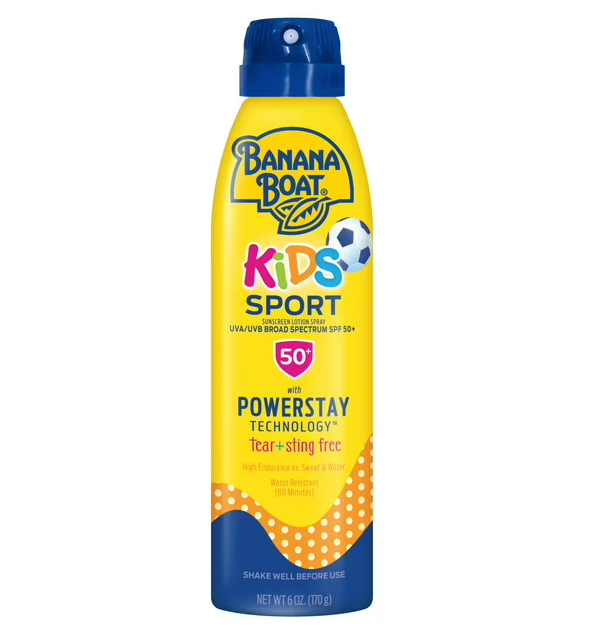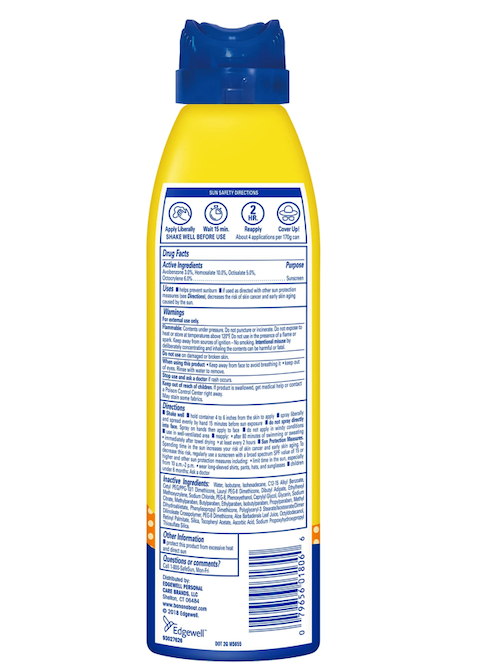How to Best Apply Spray Sunscreen to Minimize Waste
Spray sunscreen is quick, convenient, and easy to apply—especially on the go or when chasing down a squirming kid at the beach. But it can also be surprisingly wasteful if not used properly. Overspray, wind, and improper application techniques can lead to uneven coverage and wasted product, which is not only bad for your wallet but also for your skin and the environment.
Here’s how to get the most out of your spray sunscreen while keeping your skin protected.
1. Choose the Right Setting
Avoid windy conditions when applying spray sunscreen. Even a light breeze can carry away a significant amount of product before it reaches your skin. If you’re at the beach or poolside, try applying it behind a wind barrier like a towel, wall, or inside a cabana. Indoors or in a sheltered area is even better.
2. Hold the Can Close
Keep the nozzle about 4 to 6 inches from your skin. Holding it too far away causes the mist to disperse in the air, wasting product. Too close, and it can pool unevenly. The ideal distance ensures a consistent, even layer that sticks to your skin, not the air.
3. Spray Until Your Skin Looks Wet
Don’t just mist and move on. Spray until the skin appears evenly wet and shiny, then stop. This ensures you're applying enough sunscreen to get the labeled SPF protection. A light mist usually isn’t enough to adequately protect against UV rays.
4. Rub It In
Even though spray sunscreen is marketed as “no rub,” dermatologists still recommend rubbing it in after application. This helps create an even layer and reduces the chances of missed spots. Rubbing it in also ensures the product adheres properly and minimizes runoff from sweat or water.
5. Apply in Sections
Work in small areas—like one arm or one leg at a time—instead of trying to cover your whole body in one go. This allows you to control the application and makes sure no area gets shortchanged.
6. Don’t Spray Directly on the Face
To avoid inhalation and irritation, never spray sunscreen directly on your face. Instead, spray a small amount into your hands and gently apply it to your face. It’s safer and much more accurate.
7. Reapply Every Two Hours
Reapplication is essential—especially after swimming, sweating, or towel drying. The same rules apply: find shelter, spray close, rub in, and reapply thoroughly to stay protected and avoid waste.
Final Tip: Choose a Quality Spray
Not all spray sunscreens are created equal. Look for options that are broad spectrum, water resistant, and free of harmful propellants or aerosols that contribute to waste or irritation. Bonus points for eco-friendly packaging and reef-safe formulas.
Spray sunscreen is a great tool when used correctly. With a few small changes to your routine, you can make sure you're getting full protection without sending half the can into the air.



